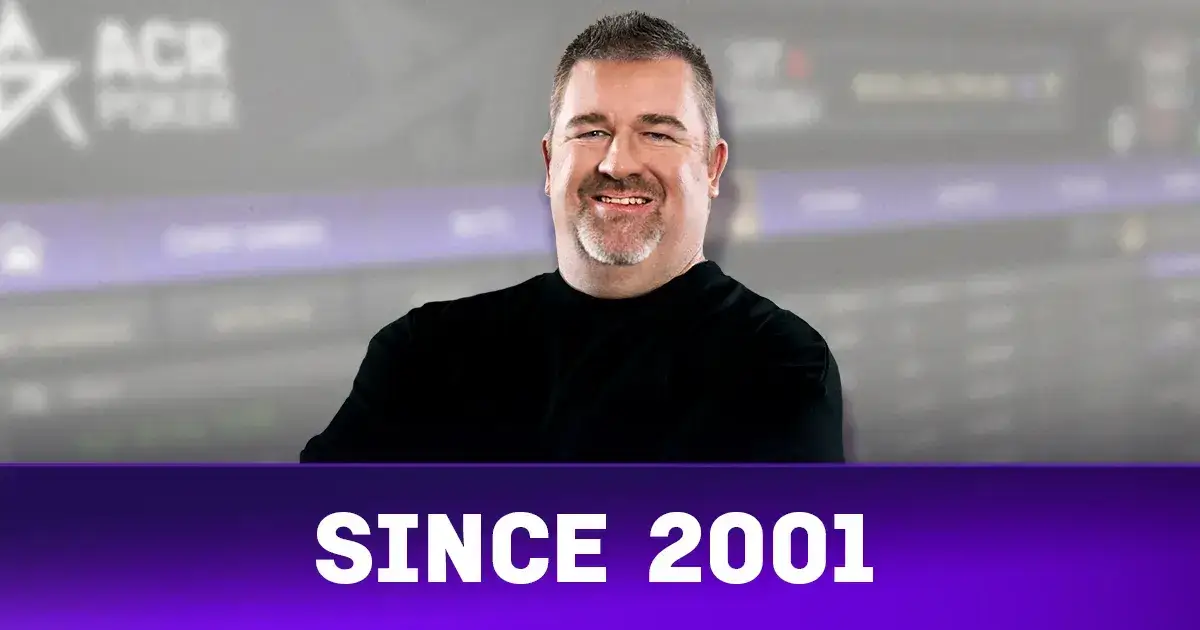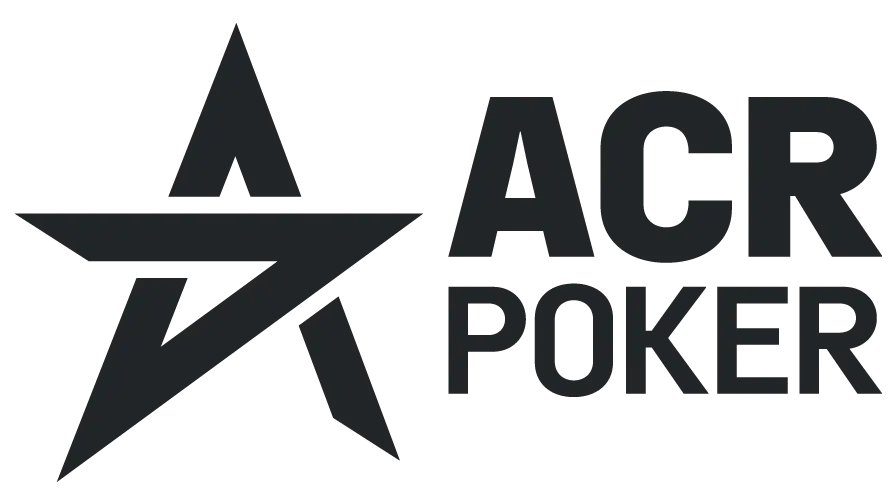Poker Bankroll Challenge:
$50 to $500
A structured approach to building your poker bankroll through smart game selection and disciplined play
To get started, make sure you download the ACR poker client for your device. Mobile users can also access the iOS app or Android app.
Why a “Challenge” Works
Before we dive into the specifics, let’s understand why this structured approach is so effective. The psychology behind challenges creates powerful motivation that simple goal-setting often lacks.
-
📊
Structure
Fixed rules, limits and clear milestones keep you on track
-
🎯
Motivation
Visible progress each week maintains momentum
-
🛡️
Built-in Discipline
Strict bankroll guidelines prevent impulsive decisions
Ground Rules
Every successful challenge needs clear boundaries. These rules aren’t meant to restrict you—they’re designed to protect your bankroll and keep you on the path to success.
| Rule | Details | Why it matters |
|---|---|---|
| Starting roll | $50 (real-money) | Easy buy-in, low risk. Learn more about real-money play. |
| Game mix | NLHE cash, micro PLO, low-buy-in MTTs | Blends low variance (cash) with upside (tournaments). Check out the latest tournament schedule. |
| Stop-loss | 5 buy-ins per day/session | Prevents tilt & spiral losses |
| Move-up trigger | 30 buy-ins for next stake | Ensures a safety buffer. For US players, see USA poker options. |
| Move-down trigger | Drop below 25 buy-ins | Protects the roll |
6-Week Roadmap
Here’s your step-by-step journey from $50 to $500. Each week builds upon the previous one, with clear milestones that keep you motivated and on track.
Week 1 – Bankroll Foundation
$50 → $65- Positional awareness
- Value betting
- Zero bluffing
Week 2-3 – First Upshift
$65 → $120Week 4 – Diversify with Micro PLO
$120 → $200Week 5 – Climb to 10 NL
$200 → $350Week 6 – The $500 Finish Line
$350 → $500Simple Tracking Template
Consistent tracking is the key to staying accountable. Use this template to monitor your progress and identify patterns in your play. The act of recording your sessions alone will improve your decision-making.
| Date | Game / Stake | Hands / Tourneys | Start Roll | End Roll | Profit/Loss | Notes |
|---|---|---|---|---|---|---|
⚠️ Games to Avoid Until $500+
Not all games are created equal. Some variants can destroy your bankroll faster than you can say “bad beat.” Here’s what to steer clear of during your challenge:
- Jackpot Poker above $2 buy-in – huge variance, small starting roll
- PLO5 & bomb-pot variants – bankroll busters for new players
- Turbo / Hyper-turbo MTTs – high ROI possible, but too swingy at $50–$200
Ready to Start Your Challenge?
Thousands of players have used this exact framework on Americas Cardroom to turn small deposits into serious bankrolls. If you prefer Bitcoin, learn how to deposit with Bitcoin.
Deposit $50
On Americas Cardroom using credit card, e-wallet or Bitcoin
Start Playing
Open two 2 NL Hold’em tables and follow Week 1 guidelines
Track Progress
Use the tracking sheet above to measure your progress

